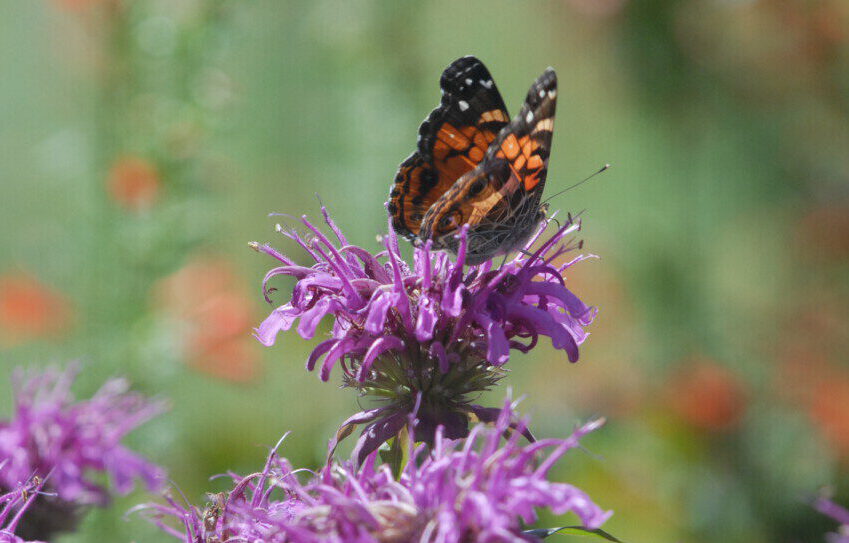Yet, pollinators are at a critical point in species survival. There are many reasons for this steep decline, but experts agree that planting more native nectar and pollen sources will positively impact their health and survival rate.
The plight of honeybees, monarch butterflies, birds, bats, and other native pollinators have placed a renewed sense of urgency on the development and conservation of local pollinator habitats. Our goal is to remind farmers, homeowners, government agencies, and non-government organizations that the native seed mix choices they make can provide pollinator-friendly habitats that make a difference for pollinator species within our local environments.

Ernst Seeds has collaborated with researchers at The Center for Pollinator Research at Pennsylvania State University, as well as other institutions and organizations. We have learned about the impact that different plant species have on the overall well-being of native pollinator species. This knowledge has enabled us to fine-tune the species that we focus on. Native plant species provide essential nectar and pollen forage, as well as nesting opportunities for pollinators. We supply the appropriate plant species to support the dietary and habitat needs of pollinators across eastern North America.
There are many ways landowners can make an impact on the alarming decline of pollinators. They can provide pollinator habitat while cost-effectively maintaining their land. Homeowners, corporations, public and private institutions, and agencies are installing pollinator meadows, strips, and gardens on their properties and finding that maintenance costs are lower than turf. The cumulative effect of the culture change has the potential to stem the decline of pollinators and restore them to healthy numbers.


The 2018 Farm Bill made pollinators and pollinator habitats a priority for the U.S. Department of Agriculture (USDA). This Bill also authorizes the Secretary of Agriculture to encourage the development of habitat for pollinators and support conservation agriculture programs and initiatives. Learn more about available programs and initiatives for farmers.
Many fruit and vegetable growers are now planting pollinator meadows adjacent to their row crops and orchards, commonly referred to as buffer strips. These pollinator meadows help increase both honeybee and native bee populations by providing food and nectar when the cash crop is not in bloom.
Create custom shopping lists, save your favorite seed mixes, and streamline your next project. Whether you’re a landscape architect managing multiple clients or a homeowner organizing unique seed lists for different plots, our checkout process is designed to be simple and efficient.

Solar energy farm sites can have a holistic approach to sustainability by incorporating pollinator-friendly seed mixes into their revegetation plans. In doing so, they provide habitat for insects and wildlife, increase pollinator activity to nearby crops, increase water infiltration, and more.

We also offer custom seed mixes tailored to specific solar energy site needs.
Find more seeds and seed mixes using the advanced search and filtering options of our Seed Finder Tool.